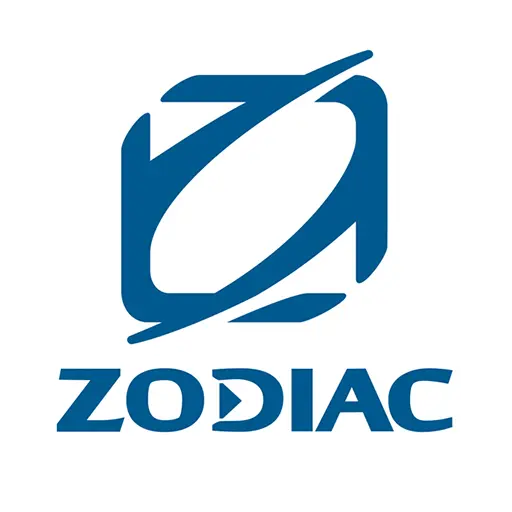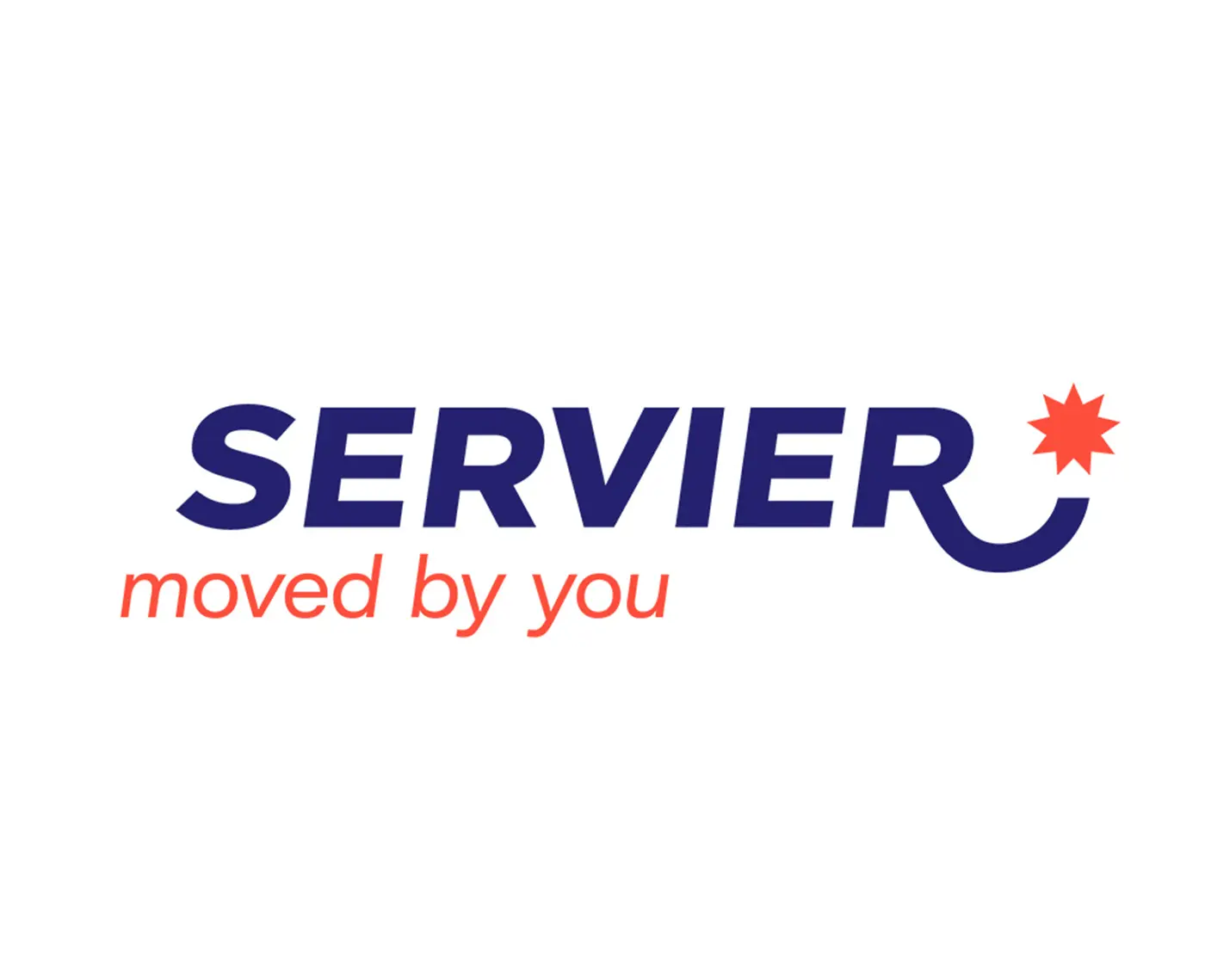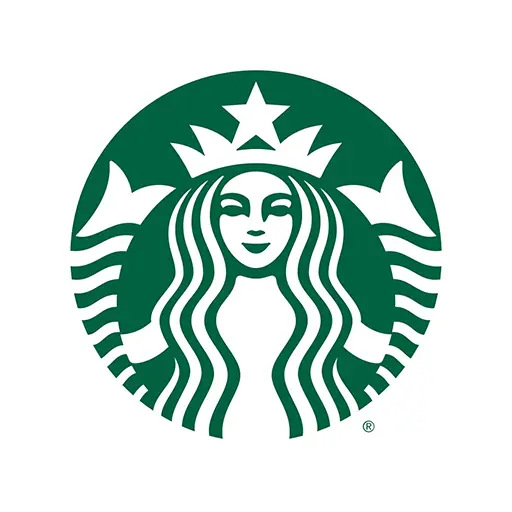
Mastering Branding Management
The Complete Guide to Gaining Notoriety🏆
What'zhat, Your Brand Manager Partner 🤝
Brand management has become an essential pillar for any company wishing to stand out in a country like France, or even internationally. In a world where competition is fierce, brand image and presence on social networks play a decisive role in attracting and retaining customers.
This page offers a complete guide on brand management, while detailing the roles, objectives, actions and essential skills of the product manager or brand manager.
We will also discuss the concept of brand equity, the importance of a coherent marketing strategy and practical advice to improve your e-reputation. Finally, you will discover why a good brand manager can boost the turnover and notoriety of your organization, whether it is a small structure or a large group. 🚀
Why is this Important?
In a world saturated with offers and information, brand management ensures that your brand remains etched in the minds of customers and stands out from the competition. A strong brand image generates trust, which directly impacts the sale of your products and services, as well as the overall reputation of your company.
Furthermore, the consistency of your communication strategy can help you optimize your marketing budgets and achieve your development objectives more effectively.
🎯 What is Branding Management?
Brand management, often referred to as brand management, concerns all the actions and strategies aimed at defining, developing and maintaining the image that a company wishes to convey to its customers and consumers.
It involves the complete management of a brand's DNA: from its values to its tone of communication, including its products, services and communication strategy.
Concretely, brand management involves:
- Defining a clear mission and vision, consistent with the company's overall objectives.
- Choosing a marketing strategy and marketing plan that reflects the brand's values.
- The creation of a strong and easily recognizable brand image, whether through a distinctive logo, a graphic charter or a homogeneous visual universe.
- Establishing a strong presence on the Internet and social networks, in order to establish a relationship of trust with consumers.
- Monitoring brand awareness and analyzing the impact (visibility, loyalty, sales, etc.) to adjust the strategy if necessary.
How does Branding Marketing Management work?
When it comes to brand management, the brand manager occupies a special place within the organization.
Indeed, this manager (often attached to the marketing department) orchestrates the daily management of the brand, ensures the consistency of the image and defines priority actions to support the overall strategy.

What is the Role of a Brand Manager?
The brand manager designs, manages and evaluates marketing and communication actions related to the brand. He is responsible for developing a strategic plan that ensures:
- The match between products (or services) and customer expectations.
- Managing brand awareness through different channels (advertising, social networks, partnerships, etc.).
- Constant alignment of brand image with corporate strategy.
- Coordination with the product manager for the launch of new products and the highlighting of their advantages.
In short, the brand manager is a true conductor whose mission goes beyond simple promotion: he builds and develops the brand identity so that it remains relevant to consumers and competitive in the face of the competition.
What is the Salary of a Brand Manager?
The salary of a brand manager depends on several criteria: the level of experience, the size of the company, the sector of activity or even the location (in Paris, for example, salaries can be higher).
In France, a beginner brand manager can earn around 35,000 to 45,000 euros gross per year, while an experienced professional can easily exceed 60,000 euros per year.
In some other countries, in Europe or North America, the remuneration can be even more attractive, especially if the brand's e-reputation is successfully managed and the results are convincing.


💡 Product Manager and Brand Manager: What are the Differences?
Although the product manager and the brand manager work hand in hand, their responsibilities diverge slightly.
The product manager typically focuses on:
- Development of new products: from ideation to design to quality testing.
- Optimizing what already exists: It analyzes business performance, collects customer feedback and suggests improvements.
- Monitoring budgets allocated to the product range, ensuring that profitability objectives are met.
For his part, the brand manager focuses on the overall image of the brand: market positioning, communication strategy, brand equity, e-reputation, etc.
The two professions, however, work closely together to ensure consistency between the products offered and the brand identity.

🛠️ The Essential Hard Skills of a Brand Manager
A good brand manager must have specific skills to carry out his mission:
- Data Analysis and Interpretation
- Proficiency in analysis tools (Google Analytics, for example).
- Ability to transform data into concrete action plans.
- Marketing and Communication Knowledge
- Expertise in marketing strategy: segmentation, targeting, positioning.
- Good understanding of digital and offline communication mechanisms.
- Project Management and Organization
- Ability to coordinate different stakeholders (internal teams, agencies, freelancers) to ensure consistency in brand management.
- Rigorous planning and monitoring of the objectives defined in the marketing plan.
- Creativity and Innovation
- Ability to develop original concepts to strengthen brand image.
- Proposal of new options to differentiate yourself on social networks or at points of sale.
- Negotiation and Interpersonal Skills
- Ease in managing partnerships, consulting and influencers.
- Power of persuasion to mobilize teams around brand issues.
- Mastery of Internet and Digital Tools
- Digital network management, online advertising, e-mailing, SEO, etc.
- Monitoring e-reputation and moderation on social networks.
These skills are acquired through appropriate training (business school, marketing master's, specialized programs, etc.) and are developed through professional experience. Brand management professions also require constant updating, given the rapid evolution of the internet and the transformation of digital tools.

🌍 The 4 Pillars of Brand Management
I can already hear you asking yourself: What are the four pillars of brand management?
Here is an example of categorization:
- Brand Identity
- Name, logo, colors, tone, personality.
- Positioning and Strategy
- Definition of the target market, value proposition, areas of differentiation.
- Multichannel Communication and Presence
- Social media campaigns, offline advertising, press relations, etc.
- Customer Experience and Loyalty
- Quality of service, monitoring of e-reputation, responsiveness and listening to consumers.
This simplified guide helps you structure your brand management plan.
Each pillar must work in synergy to strengthen brand awareness and credibility.

🚧 The 5 P's of Brand Management
Then you start looking for: What are the 5 Ps of brand management?
Although this notion may vary depending on the articles or marketing schools, we can cite:
- Personality : the intangible dimension, the brand’s DNA and its tone of voice.
- Product : the basis of the brand, including its quality, design and usefulness to customers.
- Price : a central element for positioning the brand (premium, accessible, etc.).
- Place : distribution, sales channel, brand availability at different touch points.
- Promotion : all advertising, communication and engagement actions on social networks.

🏅 What is a Good Example of Brand Management?
Let's take Nike as an example. This brand has a strong identity (iconic logo, “Just Do It” slogan, messages focused on surpassing oneself).
On social media, Nike focuses on motivation and regularly uses well-known athletes, which strengthens consumers' trust and attachment to the brand.
Despite strong competition, Nike maintains its reputation by investing in impactful advertising campaigns, sponsoring athletes and ensuring the quality of its products.
Other notable examples:
- Apple: emphasizes innovation, clean design, ease of use.
- Google : has established itself as the reference for search engines, while diversifying its offering (Gmail, YouTube, Google Ads, etc.).
In these cases, the brand management strategy is based on the consistency of the experience offered to customers, beyond the products sold.

🏭 What Does a Brand Management Company Do?
A company specializing in brand management or brand consulting supports organizations in:
- Defining the brand’s DNA and clarifying its mission.
- Developing a comprehensive strategy (or a more specific plan) to improve awareness, online presence and customer loyalty.
- The creation of visual elements (logo, graphic charter) and the definition of the tone of the communication.
- The implementation of a training program for internal teams so that they embody the brand on a daily basis.
- Monitoring and continuous adjustment through analysis and reporting actions (e.g. e-reputation management on social networks and review platforms).
Thus, brand management companies like What'zhat offer personalized advice to build, manage and develop a solid image, aligned with the values and objectives of the company.

💎 What is Brand Equity?
Brand equity refers to the perceived value of a brand in the minds of consumers.
It is built over time thanks to:
- Reliable and innovative products.
- A coherent and striking image.
- A relationship of trust established with customers (quality customer service, responsiveness, etc.).
- A regular and strategic presence on social networks and in the media.
The higher the brand equity, the more the company can afford to offer its products at a premium. This is because customers are willing to pay more for a brand they trust and like.
This directly contributes to increased turnover and long-term loyalty.
🎨 How to Develop an Effective Marketing Strategy?
Marketing strategy is the core of brand management. Here are the main steps to developing a relevant marketing plan:
- Preliminary Analysis ✅
– Study of competition and the market.
– Collection of customer expectations and needs via surveys or focus groups. - Definition of Objectives ✅
– Increase awareness? Boost sales of a new product line? Improve e-reputation?
– Set SMART goals (Specific, Measurable, Achievable, Realistic, Time-bound). - Choosing Target and Positioning ✅
– Segment consumers according to their profiles (age, location, purchasing behavior).
– Determine the price positioning, quality, added value of the offer. - Selection of Communication Channels ✅
– Advertisements, social networks, blogs, events, partnerships.
– Adapt each medium to strengthen the brand image and reach the right audience. - Implementation and Monitoring ✅
– Deploy actions (advertising campaigns, team training, collaborations).
– Monitor key indicators (conversion rate, turnover growth, changes in awareness).
This process requires rigorous organizational work and the mobilization of multiple skills in marketing, communication and data analysis. Personalized advice from a brand manager or product manager can be valuable at each stage.
🤳 Do not hesitate to contact us If you are not sure, continue reading and discover new keys to understanding 👇

🎓 Training to Become a Brand Manager
The role of brand manager requires solid training in marketing, communications or business.
With a good academic background and experience (internships, work-study programs, projects), it is easier to integrate a position as brand manager or brand manager and to evolve towards strategic roles.
Here are some options:

Business Schools
(Bachelor or Master level)
General courses, then specialization in brand management or product management.

University Training
Master's degree in marketing, management or communication.

Specialized Programs
Online training or professional certification focused on brand management.

Continuing Education
For professionals wishing to develop their skills, there are intensive programs.

🔎 The Keys to Managing Your E-Reputation
In the age of the internet, e-reputation plays a major role for any business or brand.
Some tips:
1️⃣ Active Watch
– Regularly monitor what is being said about the brand via Google Alerts, forums or social networks.
2️⃣ Responsiveness and Communication
– Respond quickly to negative reviews to show a willingness to improve.
– Highlight positive reviews to build customer trust.
3️⃣ Transparency
– Take responsibility for your mistakes and propose concrete solutions.
– Focus on sincerity to build an authentic relationship with consumers.
4️⃣ Team Training
– Raise awareness among all staff about good e-reputation management and the risks of poor online communication.

🚀 How does Brand Management increase awareness?
A well-executed brand management strategy strengthens brand awareness by:
- Developing a strong and memorable image across all touchpoints (advertising, social media, website, points of sale).
- Creating an emotional connection with customers, through storytelling or highlighting shared values.
- Ensuring consistency of communication at every stage of the customer journey.
In addition, an effective brand manager knows how to use digital levers to increase visibility, for example by organizing collaborations with influencers, taking care of natural referencing (SEO) or launching targeted advertising campaigns.

📚 The 4 Categories of Communication Strategy
Although the term communication strategy covers many realities, we often distinguish 4 main categories:
1️⃣ Institutional Communication
– Aims to improve the overall image of the company (values, social commitments).
2️⃣ Product Communication
– Highlights the features and benefits of the products.
3️⃣ Internal Communication
– Aims to unite employees around the company’s mission and objectives.
4️⃣ Brand Communication
– Encompasses all messages broadcast to reinforce brand personality and increase customer confidence.

🏁 The Main Stages of a Brand Strategy
A good brand strategy is based on:
- Research and Audit
- Understand the market, the competition, consumer expectations.
- The Definition of Mission and Values
- Clearly establish the brand’s purpose, its vision, its promises.
- Creating a Visual and Verbal Identity
- Implementation of an Action Plan
- Selecting channels, developing a schedule, defining responsibilities.
- Monitoring and Continuous Optimization
- Analysis of results, adjustment of strategy, allocation of budgets.
🔥 Summary: How Strong Branding Can Be An Asset
Brand management is no longer an option: it is a requirement for any company that wants to survive and thrive in a competitive market, whether in Paris or elsewhere. Through rigorous brand management, you build a solid brand image and establish a climate of trust with your customers. The positive impact is reflected not only in sales and revenue growth, but also in long-term loyalty.
In short, the brand manager and the product manager act as essential links within your organization, ensuring that each series of actions carried out contributes to strengthening the brand. Whether you want to optimize your e-reputation, innovate in your communication or expand your product offering, a well-defined brand management strategy, combined with solid training and careful monitoring of objectives, is the royal road to greater awareness and better profitability.
One thing is for sure: investing in brand management is a choice that pays off in the long term. With the right tools, the right organization and an adapted communication strategy, you will be able to propel your brand to the top, even in a context of strong competition. ✨
Our Successful Collaborations
Dive into our portfolio to discover how we have implemented effective brand management strategies for ambitious brands.
From identity redesign to the creation of memorable campaigns, each project illustrates our tailor-made approach, based on in-depth market analysis, brand consistency and creativity in the service of marketing.
Be inspired by our achievements and see with your own eyes how we bring our clients' visual identities to life while strengthening their reputation.
They trust us
The trust our clients place in us is the greatest guarantee of credibility. From young, thriving companies to large, established groups, many have chosen to collaborate with us to develop their brand, assert their positioning and achieve their objectives. Each partnership is a unique adventure, fueled by passion, expertise and innovation.
We are proud to contribute to their success and to pave the way for sustainable and rewarding growth for each project.
Web Design News
Welcome to our blog, a space dedicated to advice, news and feedback on brand management. In each of our articles, we share our best practices to boost your visibility, build customer loyalty and establish your company's reputation in a constantly changing marketing context.
Whether you are a seasoned professional or curious to know more, you will find here concrete information to cultivate a coherent and lasting brand image.
Drop us a line.
Ready to boost your brand management?
Do not hesitate to put these tips into practice or to call on a specialized consulting service to benefit from personalized support.
The success of your brand depends on how you take care of your image, the consistency of your actions and your ability to anticipate your customers' expectations. Good luck in your brand management adventure!
Click directly on the above number or email address
to contact us with your favourite applications! ⭐
Or
📅 Need a dedicated moment?
















